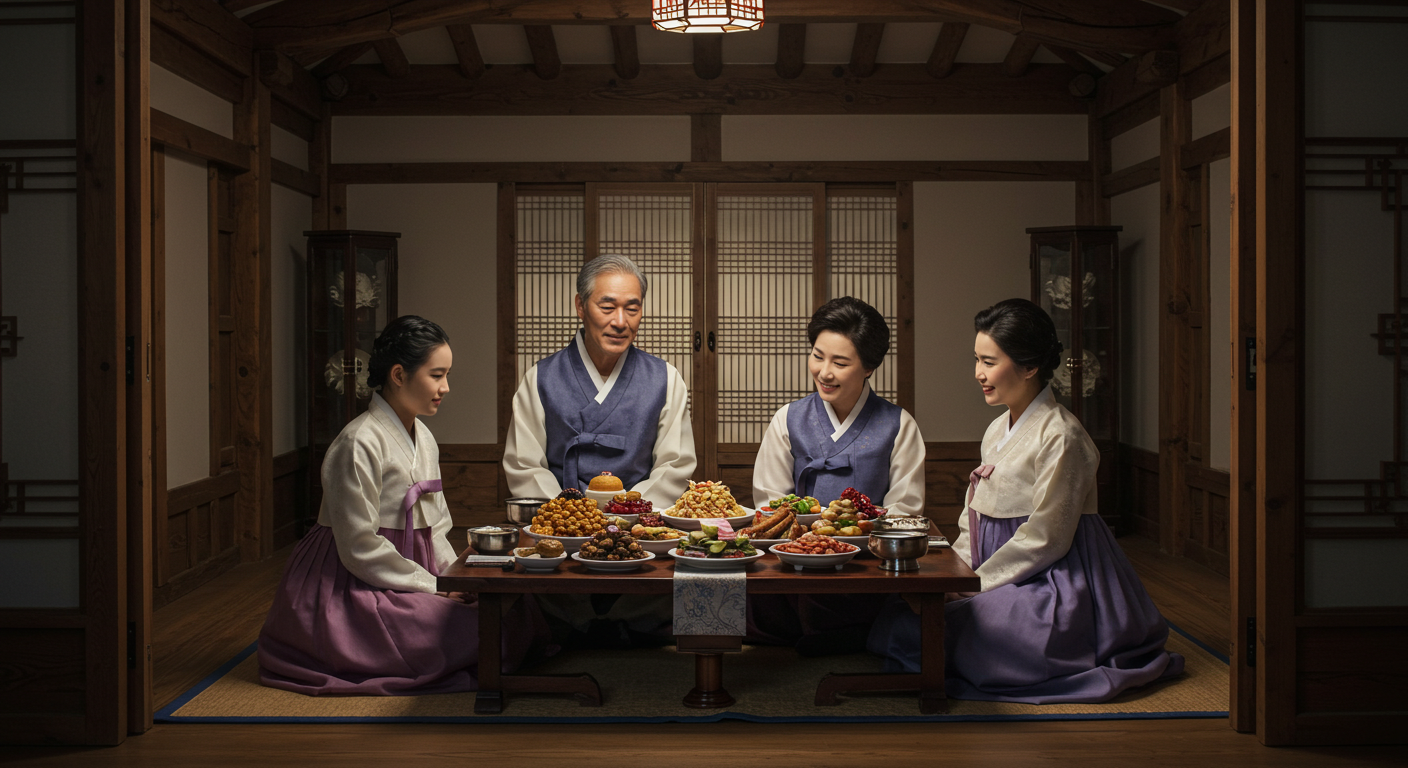Tradition and Courtesy in South Korea: A Cultural Fabric Woven Through Time
Beneath the high-tech skyline of Seoul and the digital buzz of Korean media lies a deeply rooted culture, shaped by centuries of philosophy, etiquette, and collective identity. In South Korea, tradition is not a relic of the past—it is a quiet force that continues to guide behavior, define relationships, and enrich the national character.
From family rituals to national celebrations, and from language to ceremonial dress, Korea’s culture is a careful preservation of inherited values in a rapidly evolving world. This article explores the pillars of Korean customs and their enduring relevance in modern society.
1. Confucian Foundations of Social Order
Korean culture draws its moral and social compass from Confucianism, a philosophy emphasizing respect for elders, family hierarchy, and social harmony. These principles manifest in everyday life through gestures of deference, careful language use, and formal codes of conduct.
Even today, institutions such as schools and corporations reflect this order. From bowing to structured seating arrangements, etiquette is seen not as formality but as a gesture of dignity and belonging.
2. The Honorific Language System
The Korean language (Hangul) is more than a writing system—it is a mirror of social relations. Speech levels change based on the speaker's age, status, or relationship with the listener. Choosing the wrong level of politeness is not just a linguistic error—it is a cultural faux pas.
Children learn these linguistic codes early, reinforcing awareness of hierarchy and mutual respect. In diplomacy, business, and even casual interaction, language serves as a soft expression of social balance.
3. Life Cycle Ceremonies: From Birth to Ancestral Rites
Korean customs emphasize key moments in the human journey. A baby’s 100th day (Baek-il) and first birthday (Doljanchi) are major family occasions, featuring traditional garments, ceremonial food, and symbolic blessings for health and fortune.
End-of-life rituals are equally significant. Mourning is marked by traditional attire, specific gestures, and a period of reflection honoring the deceased’s role in the family lineage. These practices preserve emotional bonds across generations.
4. Traditional Dress and Aesthetic Principles
The hanbok, Korea’s traditional attire, reflects both elegance and philosophy. With its curved lines, vibrant colors, and flowing shapes, it symbolizes grace and balance. While largely reserved for holidays and ceremonies today, the hanbok remains a source of pride and cultural continuity.
Historically, color and design denoted one’s social status and occasion. Today, the hanbok is celebrated in fashion festivals, schools, and national performances as a living cultural emblem.
5. Hospitality, Gift-Giving, and Daily Courtesy
Hospitality in Korea follows unwritten but universally understood rules. Removing shoes before entering a home, presenting gifts to hosts, and speaking humbly are signs of thoughtfulness and respect. Even gestures like pouring drinks for others—never for oneself—signal an awareness of collective etiquette.
Meals, especially during traditional visits, are shared with an emphasis on modesty and attentiveness, reflecting the cultural weight given to harmony and humility.
6. National Festivals as Cultural Anchors
Major holidays like Chuseok (Harvest Festival) and Seollal (Lunar New Year) are occasions for cultural reaffirmation. Families gather, dress in hanbok, offer ancestral tributes, and prepare traditional foods like songpyeon (rice cakes) and jeon (savory pancakes).
These holidays not only strengthen kinship but also deepen the sense of belonging to a shared historical and spiritual heritage.
🔚 Conclusion:
Korea’s cultural identity is built on centuries of disciplined tradition and mutual respect. In a society racing toward the future, customs remain embedded in the rhythm of daily life. Whether in spoken form, ritual behavior, or communal celebration, the Korean way of being honors its past while navigating the present.
For those seeking to understand Korea beyond headlines and hashtags, it is here—in its etiquette, ceremonies, and enduring values—that its true essence resides.





No comment